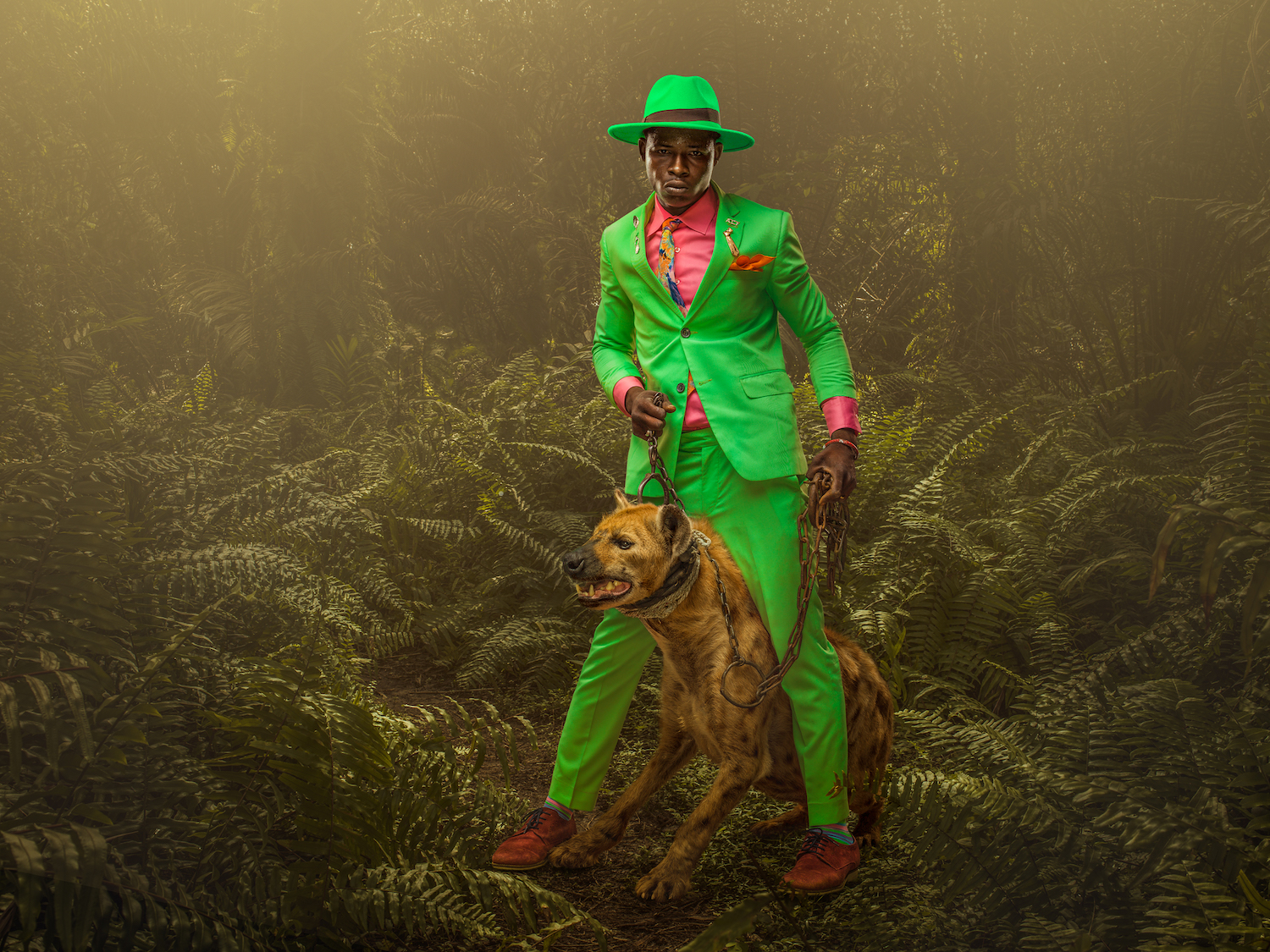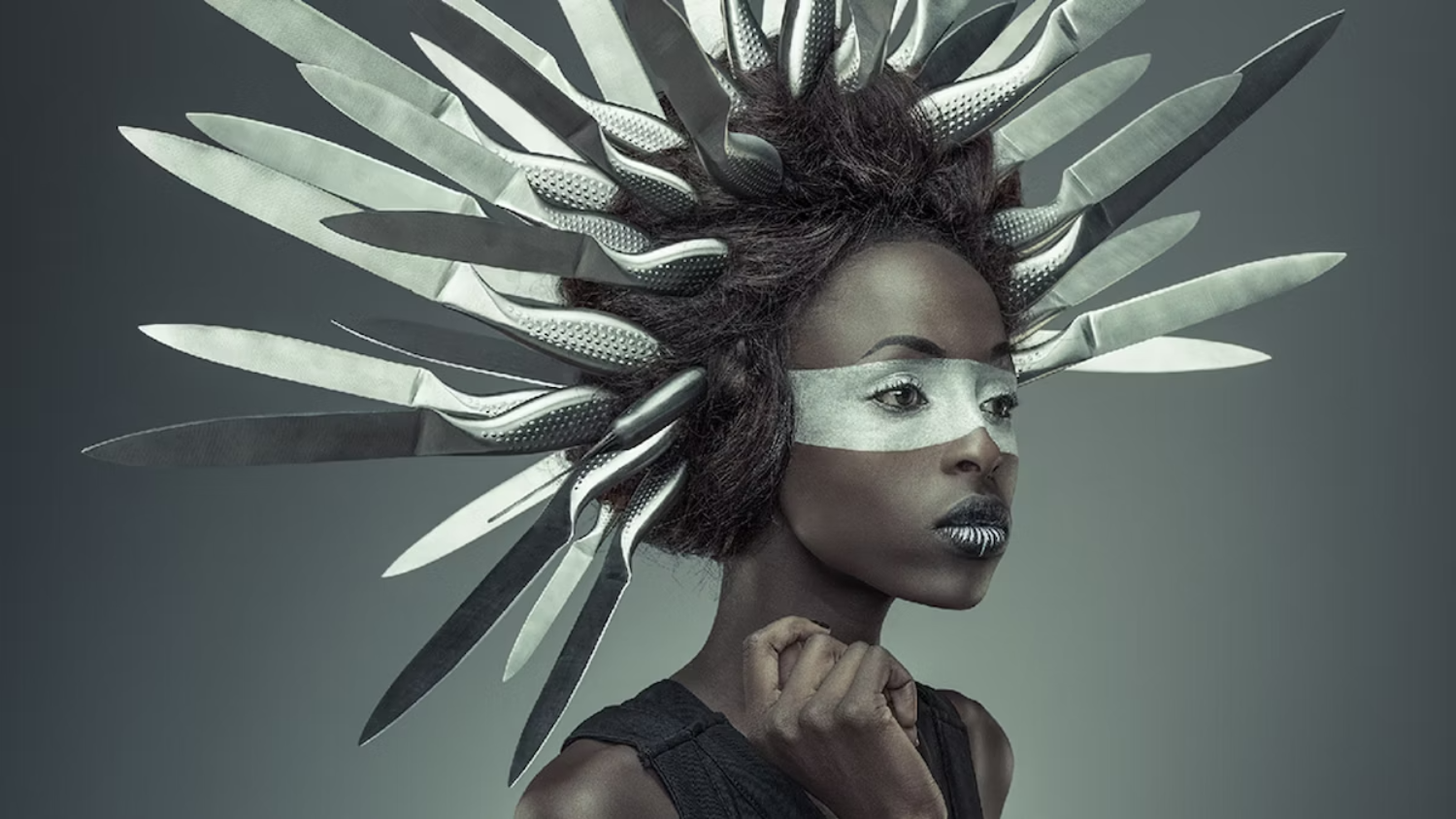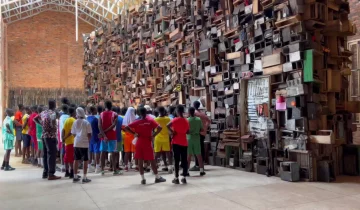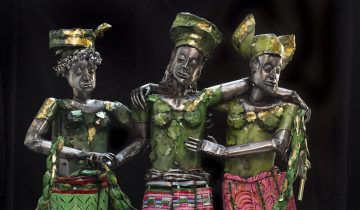Digital media, encompassing various forms of electronic communication and creative expression, has revolutionized the way we create, share, and consume art. This transformation has had a profound impact on the African art scene, a dynamic and diverse cultural landscape that has been gaining international recognition over the past decades. In this essay, we will explore the ways in which digital media has served as a new frontier for African artists, curators, and art enthusiasts, and the transformative effects it has had on the African art scene.
The African art scene has long been a rich and complex tapestry of traditional and contemporary artistic expressions. From ancient sculptures and textiles to modern paintings and installations, African art is a testament to the continent’s rich history, diverse cultures, and evolving creative spirit. However, despite its immense value and unique contributions, the African art scene has often faced challenges in terms of visibility, accessibility, and sustainable growth. Digital media, with its ability to transcend geographical and cultural boundaries, has emerged as a powerful tool in overcoming these challenges and propelling the African art scene to new heights.
Expansion of the African art scene through digital platforms
Social media as a promotional tool
The advent of social media platforms like Instagram, Twitter, and Facebook has provided African artists with unprecedented opportunities to showcase their work, connect with audiences worldwide, and network with fellow artists and professionals in the art world. Through these platforms, artists can build their personal brand, engage with fans, and create a global community of art enthusiasts who are interested in their work. In addition, social media has enabled curators and collectors to discover new talent, broadening the opportunities for African artists to gain international exposure and recognition.
Online galleries and virtual exhibitions
The rise of online galleries and virtual exhibitions has made African art more accessible to a global audience, eliminating the barriers of geography and cost. This shift to the digital realm allows artists and curators to present their work in innovative ways that were previously unimaginable, such as immersive virtual reality experiences, interactive installations, and multimedia presentations. By embracing digital platforms, the African art scene is able to reach new audiences and create unique, engaging experiences that push the boundaries of traditional exhibitions.
Digital art marketplaces and e-commerce
The emergence of digital art marketplaces and e-commerce platforms has transformed the way African art is bought and sold. Online platforms like Artsy, 1-54, and African Art Market provide a centralized space for collectors to discover, purchase, and invest in African art, while also enabling artists to reach a broader clientele and generate sustainable income from their work. The growth of e-commerce has not only expanded the collector base for African art but also fostered a more inclusive and diverse market.
Impact of digital media on the African art scene
Influence on artistic techniques and styles
The proliferation of digital media in the African art scene has given rise to new media art, a genre that incorporates technology and digital tools in the creation, presentation, and dissemination of art. African artists are increasingly incorporating digital elements into their work, such as video, animation, and virtual reality, as a means of cultural expression and preservation. This fusion of traditional and contemporary practices has given birth to a unique and dynamic artistic landscape that reflects the continent’s evolving identity.
Opportunities for skill development and education
Digital media has also expanded opportunities for skill development and education within the African art scene. Through online art courses, workshops, and mentorship programs, artists can access global resources, learn from renowned experts, and share their knowledge with fellow artists from around the world. This exchange of ideas and experiences fosters a more inclusive and interconnected artistic community, driving innovation and growth within the African art scene.
Challenges for traditional art forms and markets
While digital media has opened new doors for the African art scene, it has also presented challenges for traditional art forms and markets. As digital art gains popularity, traditional artists may find it increasingly difficult to compete with the innovation and accessibility offered by digital art forms. Furthermore, traditional art markets must adapt to the digital age by embracing online platforms, marketing strategies, and new forms of engagement to stay relevant and thrive in a rapidly changing environment.
Case studies: Successful integration of digital media in the African art scene
Art organizations leveraging digital media
- African Artists’ Foundation
- ArtX Lagos
- Zeitz Museum of Contemporary Art Africa (MOCAA)
- The Nubuke Foundation
- The National Museum of African Art (NMAfA)
- The Contemporary African Art Collection (CAAC)
- Lagos Photo Festival
- The Studio Museum in Harlem
These organizations have successfully integrated digital media into their operations, using online platforms to showcase their collections, promote their events, and engage with global audiences. Their innovative approaches to digital media have not only expanded the reach of African art but also fostered an environment of collaboration and exchange among artists, curators, and collectors worldwide.
Prominent African digital artists
- Laolu Senbanjo
- Kudzanai Chiurai
- Tony Gum
- Osborne Macharia
- Wangechi Mutu
- William Kentridge
- Pamela Phatsimo Sunstrum
- Victor Ehikhamenor

These digital artists have successfully harnessed the power of digital media to create innovative, boundary-pushing works that engage with contemporary social, political, and cultural issues. By embracing digital tools and techniques, they have expanded the possibilities of artistic expression and established themselves as leading voices in the African art scene.
In conclusion, the integration of digital media into the African art scene has had a transformative effect, reshaping the ways in which art is created, shared, and consumed. Digital platforms have expanded the reach of African art, enabling artists to connect with global audiences, showcase their work, and generate sustainable income. In addition, digital media has fostered innovation and collaboration within the African art scene, driving the development of new artistic techniques, styles, and educational opportunities.
Looking to the future, the continued embrace of digital media will be critical to the growth and evolution of the African art scene. As technology advances and new tools emerge, artists, curators, and organizations must adapt and explore new ways of engaging with audiences and creating meaningful artistic experiences. By leveraging the power of digital media, the African art scene can continue to thrive and gain global recognition, solidifying its position as a vital and dynamic force in the world of art.





 No products in the basket.
No products in the basket.